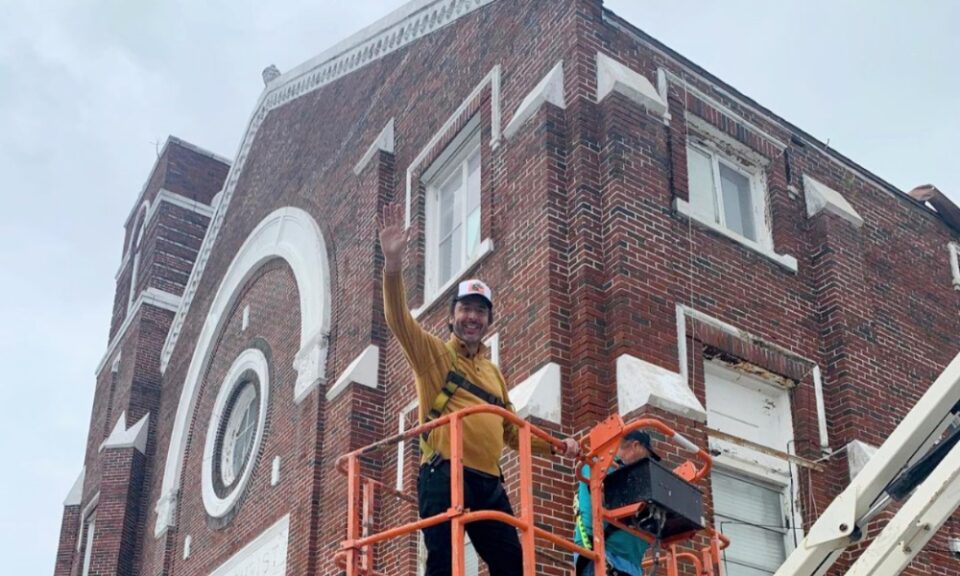Church buildings have long been landmarks in British towns and cities, offering not just spiritual value, but cultural and architectural significance too. As these buildings evolve into multipurpose venues serving both community and commercial needs, the call for renovation grows louder.
The Changing Role of Churches
Many churches today are adapting to the modern world, balancing heritage with practicality. From food banks and toddler groups to exhibitions and office spaces, church buildings often function as more than places of worship. But to serve these purposes well, they must be made fit for modern use.
Typical problems include:
- Poor insulation and inefficient heating
- Inaccessible entrances and facilities
- Cramped or poorly laid out interiors
- Deterioration of historic stonework and timber
- Lighting and sound systems unfit for purpose
These issues limit the building’s potential, particularly where commercial or community services are now being delivered.
What to Consider Before You Begin
Renovating a historic church space isn’t like updating an office or shop. It requires thought, sensitivity and technical know-how. Churches often have Grade II or Grade I listed status, which places legal constraints on the kinds of alterations allowed.
Renovation plans need to strike a balance between preservation and enhancement, including:
- Creating new access points with ramps or lifts
- Level flooring for ease of movement
- Upgrading heating and electrics sympathetically
- Adapting rooms for flexible use: meetings, performances, events
- Installing new bathrooms or kitchens that meet commercial standards
Challenges of Church Renovation
Working with historic materials presents real challenges. Soft sandstone, original wooden beams, and stained glass windows all require expert care. Some walls may need reinforcing, and structural adaptations must often be reversible.
It’s also important to involve all stakeholders — from church leaders and parishioners to planning officers and local heritage groups. Their input can help guide and support the project, ensuring both respect and innovation go hand in hand.
The Advantages of Modernising
Commercial renovations can transform a church building into a thriving community asset. Examples of renewed use include:
- Flexible seating and lighting for concerts, services or conferences
- Dedicated children’s rooms and activity zones
- Café areas or food preparation zones
- Workspace for local charities or businesses
These changes allow the church to remain at the heart of local life while generating sustainable income.
A Thoughtful, Skilled Approach
Undertaking a project like this means choosing a builder who understands both the craft and the context. A church renovation isn’t just about bricks and mortar — it’s about preserving a building’s role as a welcoming, inspiring place for generations to come.
If you’re considering a church renovation for commercial or community use, read more about our approach to home renovations and transformations.

